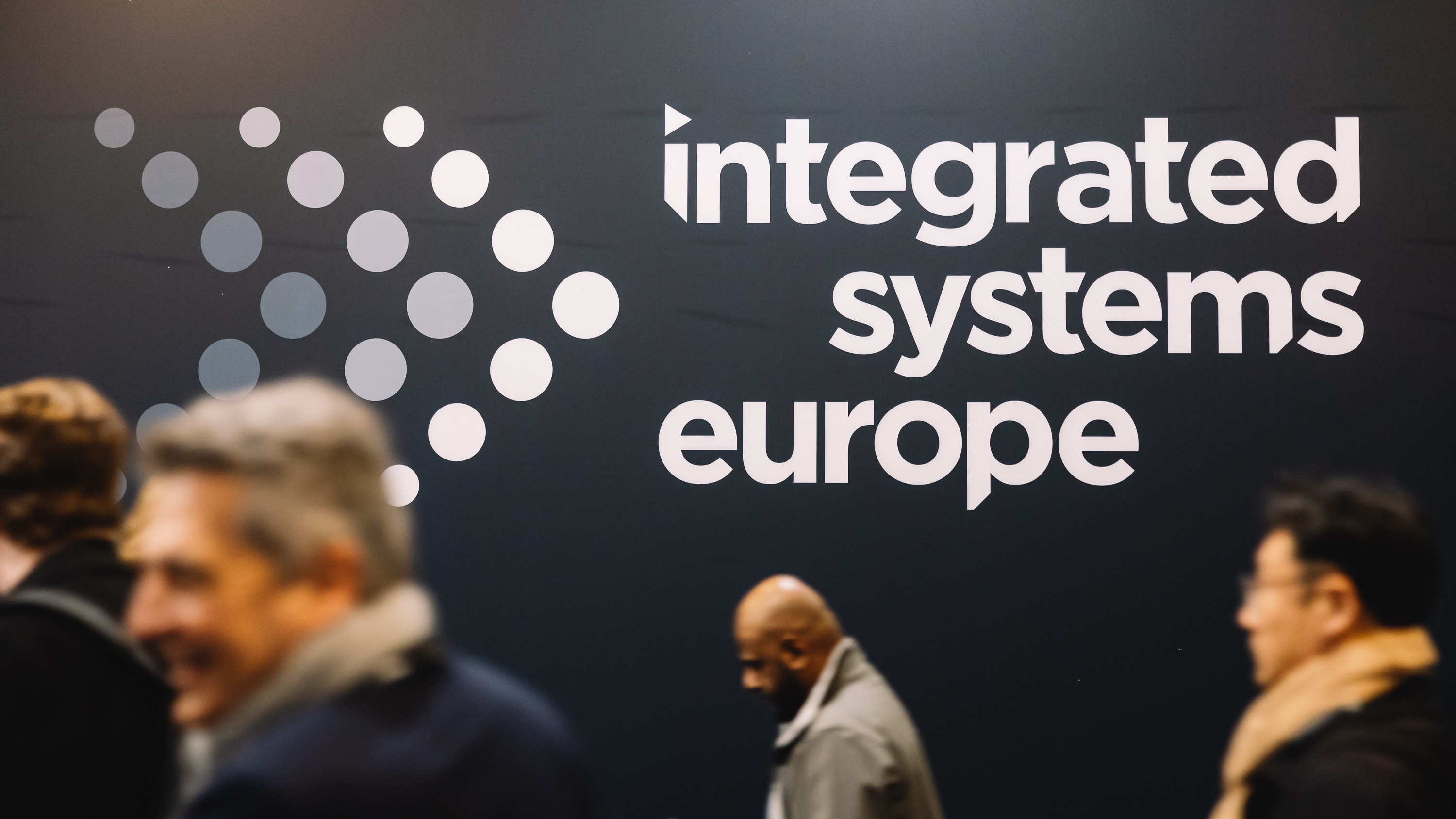The democratisation of pro-grade production technology and access to high-quality streaming has prompted a massive step-change for the quality and impact of corporate media, writes David Davies.
Perfectly summarising the impulses driving many companies’ approach to the production and dissemination of content at present, Steve Wind-Mozley, Chief Marketing Officer of live video transmission and video streaming solutions provider LiveU, proffers: “Content is a vector of value, and whether it’s audio, visual or video content forms – I’m going to call them all ‘stories’ – they can be massively powerful communication tools. Put the right piece of content in front of the right customer at the right time, and good things happen.”
But as Wind-Mozley also notes, there is more competition for eyeballs than ever before, not least on smartphones where...
You are not signed in.
Only registered users can view this article.
 (1).jpg)
Broadcasting in 2024: Spotlight falls on production and platforms
Over the past decade, media companies had a strong focus on the way programmes were viewed – we’ve seen HD, 3D, 4k, 8k, HDR, VR, and AR presented as the next big thing. In 2024, things shifted. John-Maxwell Hobbs digs into production and delivery practices, cloud, AI and sustainability trends of the past 12 months.
.jpg)
Highlight of the year: Olympic Gold for 5G as adoption gathers pace
The Paris 2024 Olympics marked a significant milestone in the effectiveness of 5G technologies for live broadcast, with Neutral Wireless and the BBC leading the charge.

Content Everywhere: a look back at 2024
As the year draws to a close, it seems an opportune time to ask Content Everywhere companies for their views on the top trends in 2024. As always, key industry players have been keen to respond with comments and views on how the past year shaped up both for them and the wider industry.

AI and the evolution of MAM: Part three – future outlook
In the final part of our investigation into MAM’s current and future relationship with AI, James McKeown analyses where the technology is likely to take asset management capabilities next, and the other factors driving the evolution of the space.

RSIFF: Kingdom underlines ambitions to become filmmaking powerhouse
Saudi Arabia's cinema market is experiencing a cultural renaissance, driven by increasing local productions and a growing appetite for diverse storytelling, reports Adrian Pennington from the Red Sea International Film Festival.

.png)
